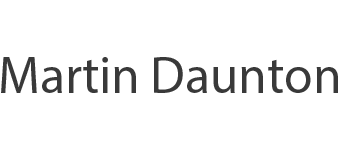Slavery and silence
Black Lives Matter has focussed on the removal of visible markers that celebrate slaveowners in London and Bristol. But there is also another pressing need: to make visible what is currently hidden. The ways in which slavery and its ill-gotten gains permeated British society needs to be addressed and admitted.
In the Cambridgeshire countryside, near Newmarket, the estate and house of Chippenham Park opens its gardens to the public to admire the display of spring flowers, and it is a popular venue for weddings. The website of the property says that ‘in 1791 the estate was bought by John Tharp, a hugely successful sugar baron’. A visitor might consult the entry in Pevsner to be told that ‘the village is exceptionally rewarding. It is what is known as a model village, that is planned in its main features’, with its semi-detached cottages and long gardens that were constructed around 1800. We are told that Tharp rebuilt the main house and that his lake survives. The display board outside the parish church informs the visitor about the cottages and about the village school that was built in the eighteenth century.
The mention of ‘sugar baron’ is a hint of where the money came from. John Tharp was, in the opinion of Trevor Burnard, the leading historian of Jamaican planters, ‘the largest slaveholder ever known to Jamaica’ (Mastery, Tyranny and Desire, 2004). Tharp died in Jamaica in 1804, and when slavery was abolished in 1833, his heir received compensation for ten estates on the island with 2,375 slaves, as indicated on the UCL’s Legacy of British Slave-ownership database. The residents of the model houses, and visitors to the seemingly idylic English village, were beneficiaries of brutal exploitation of enslaved people who are now rendered invisible.
Restitution should not only entail the toppling of statutes; it should involve a shameful realisation of how the spoils of slavery permeated British society.
